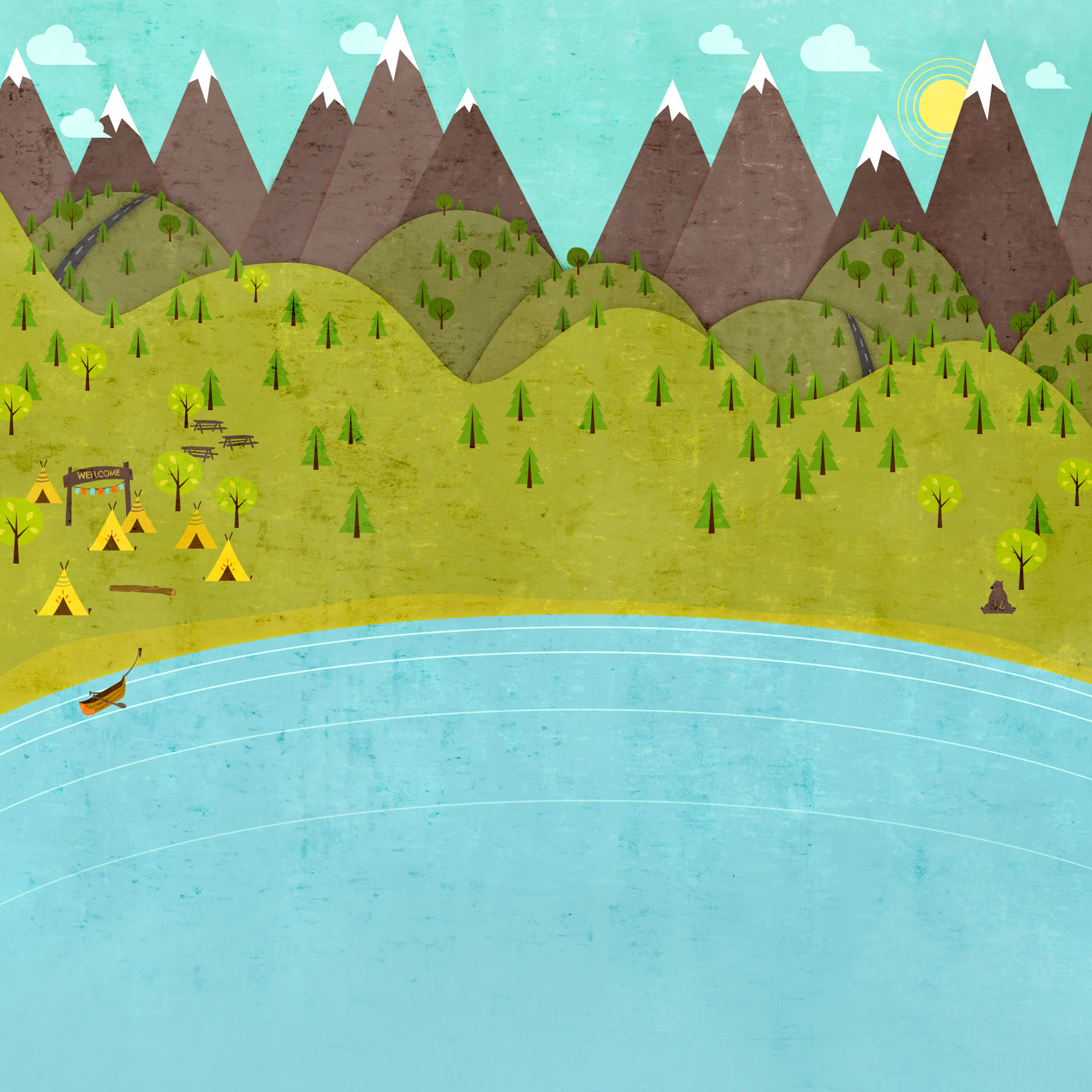
Arts Education

References and Resources;
Clark, D., 2013, ‘Bloom’s Taxonomy on Learning Domains’ retrieved 8th of August, ‹ http://www.nwlink.com/~donclark/hrd/bloom.html
Dictionary.com, 2013, date retrieved 8th of October, ‹http://dictionary.reference.com/ .
Lockport, 2013, ‘Elements & Principles of Art’, date retrieved 8th of August, ‹ http://www.lths.org/brady/classes/Tech%20Survey%20Art/elements__principles_of_art.htm
Minneapolis Public Schools, 2013, ‘Critical Response’, date retrieved 8th of August, Author, B year, ‘Title of page’, date retrieved 8th of August, ‹ http://opd.mpls.k12.mn.us/critical_response
NSW Department of Education, 2013, ‘Using ICT in Creative Arts’, date retrieved 8th of August,
‹ http://www.curriculumsupport.education.nsw.gov.au/primary/creativearts/crosscurriculum/ict/
Paul Getty Trust, 2013, ‘Elements of Art, date retrieved 8th of August, ‹http://www.getty.edu/education/teachers/building_lessons/elements_art.pdf>
Victorian Curriculum and Assessment Authority, 2012, ‘AusVELS; The Arts’, date retrieved 8th of August, ‹http://ausvels.vcaa.vic.edu.au/The-Arts/Curriculum>

Pinterest is an excellent resource to use as it shows different activites from around the world that teachers are using in their classrooms, including various worksheet and simple craft activities.
Youtube is a good resource for teachers that feel they are unable to read instructions clearly. By watching a video, you are able to see a step by step guide of how to do it, and there is a range of videos to choose from.
Overview

The Art rotation involved two different topics broken into three weeks; elements and principles, and technology of art. We undertook several activities to explore what children can do to learn the elements and principles and provide examples for them. We also got involved in printmaking, relating closely to using technology within a classroom. Each page demonstrates the meanings behind what is learnt, including various models which children can use to evaluate and analyse art. It also includes step by step instructions on how to complete these activities including materials needed.
Art is important to teach in a primary school setting as it allows children to explore a range of media, expressing themselves as a way they may feel comfortable. It teaches children to look at the way the world around them, looking deep into images and patterns and interpret meaning behind them.
Art does not have to be used just in an artroom setting, by learning how to teach art it can be incorporate to various lessons to keep children engaged and make the lesson fun!
Art

